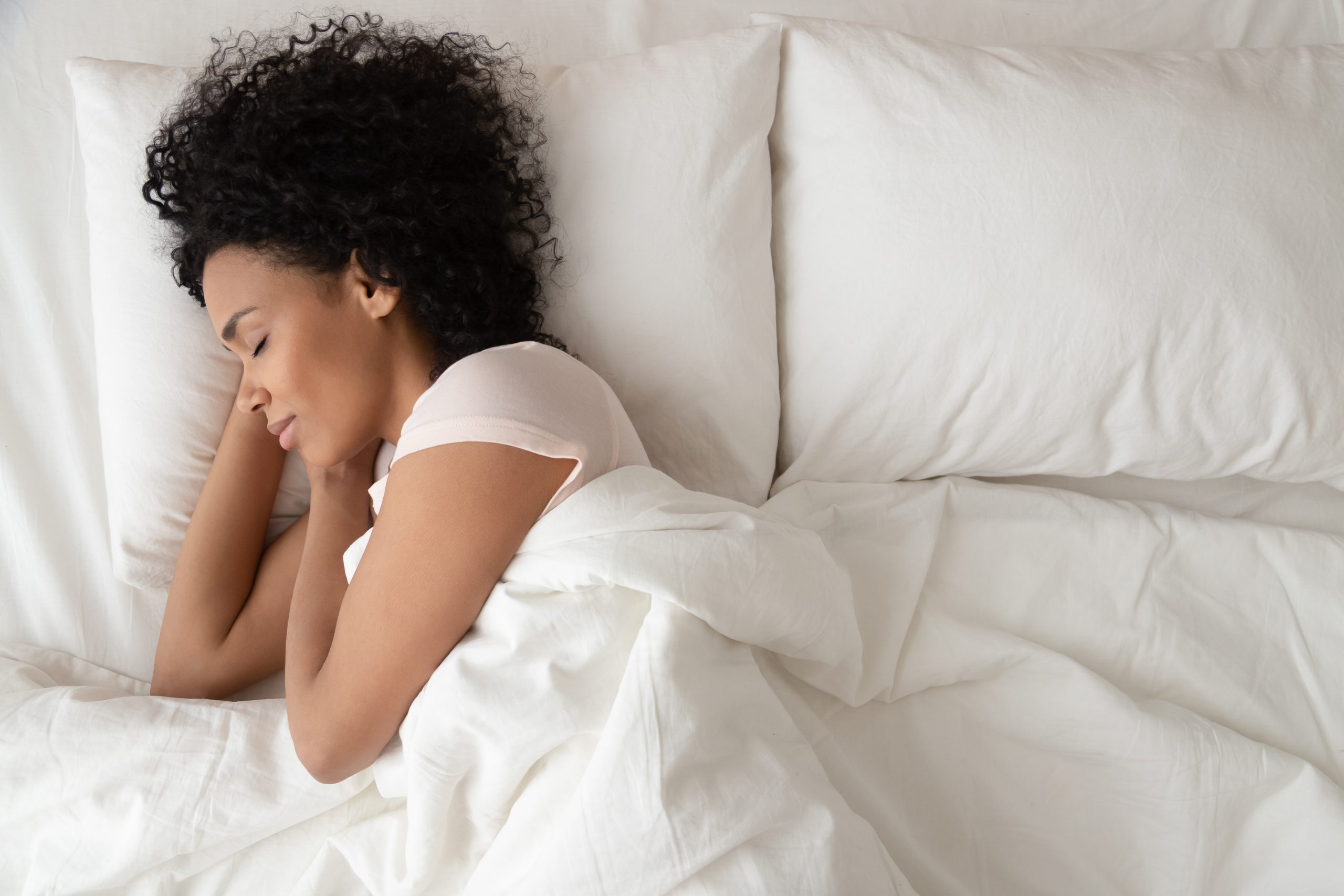In full transparency, the following is a press release from MetroWest Medical center submitted to SOURCE media. (Stock photo)
***
[broadstreet zone=”53820″]

FRAMINGHAM – It’s almost time to set your clocks ahead one hour for daylight saving time (March 12) and enjoy a brighter evening. The downside is, it’s harder to get up in the morning, having “lost” an extra hour of sleep.
Board Certified in Neurology and Sleep Medicine, Dr. Anthony Izzo, DO, shares six tips to help your body adapt to a changed circadian rhythm faster and more efficiently. Dr. Izzo belongs to several professional societies, including the American Osteopathic Association, Worcester District Medical Society, Massachusetts Medical Society, American Academy of Neurology and American Academy of Sleep Medicine. He sees patients from all over MetroWest and Central Massachusetts at the Sleep Lab located in Saint Vincent Hospital in Worcester.
[broadstreet zone=”59947″]
Sleep Specialist Tips for Time Change
- Shift bedtime.
Gradually adjust your sleep schedule. Start shifting bedtime 15-30 minutes earlier every night for a week leading up to the spring clock change. Do the same for your wake time. This can help your body adjust more smoothly.
- Avoid napping.
Resist the temptation to take a nap during the day to make up for lost sleep. This can throw off your sleep schedule even further and make it harder to fall, and stay, asleep at night. - Practice healthy sleep hygiene.
Make sure your sleep environment supports good sleep. Keep your bedroom quiet, dark, and cool. Avoid screen time (phone, computer, TV) for at least an hour before bed. Establish a relaxing bedtime routine in dim light to signal to your body that it’s time to sleep. - Get some morning sunlight.
Exposure to sunlight in the morning can help reset your circadian rhythm and make it easier to fall asleep at night. Try to get outside for at least 15-30 minutes each morning or sit by a sunny window if you can’t go outside. - Be patient.
It can take several days, or even up to a week, for your body to adjust to the spring clock change. It’s a lot like jet lag from traveling coast-to-coast! Don’t get discouraged if you’re still feeling tired or out of sorts after a few days. Stick to your new sleep schedule and be patient – your body will eventually adapt. - Try low-dose melatonin.
Low dose melatonin (1 mg – 3 mg) taken 60-90 minutes before your intended bedtime can help your body readjust to the spring clock change. It’s best used in the short term. So once your body’s clock adjusts to your new schedule, stop taking it. It’s most helpful when used in combination with the above five tips.
[broadstreet zone=”99032″]
To Change Time or Not?
Historically, it made sense to change the clocks twice a year to help farmers. While the extra sunlight at night is wonderful, the change can disrupt our biological clocks and even our work productivity. Realistically, our current society doesn’t allow us to change our schedules and get up later, given school, business, and other social expectations.
Medical professionals understand the challenges and real health outcomes from changing our time clocks twice a year. The day after time change, statistically has the highest number of car crashes, and an increase in incidence of stroke by +9% and heart attacks by +24-50%. The best scientific solution for a healthy balanced life includes remaining permanently on standard time, as many other countries now implement. Until then, be mindful to implement the tips, which will help with the adjustment.
The National Sleep Foundation (NSF) celebrates Sleep Awareness Week from March 12-18, 2023 to provide awareness about the importance of sleep as a crucial part of health and well-being.
[broadstreet zone=”59948″]
[broadstreet zone=”66385″]

